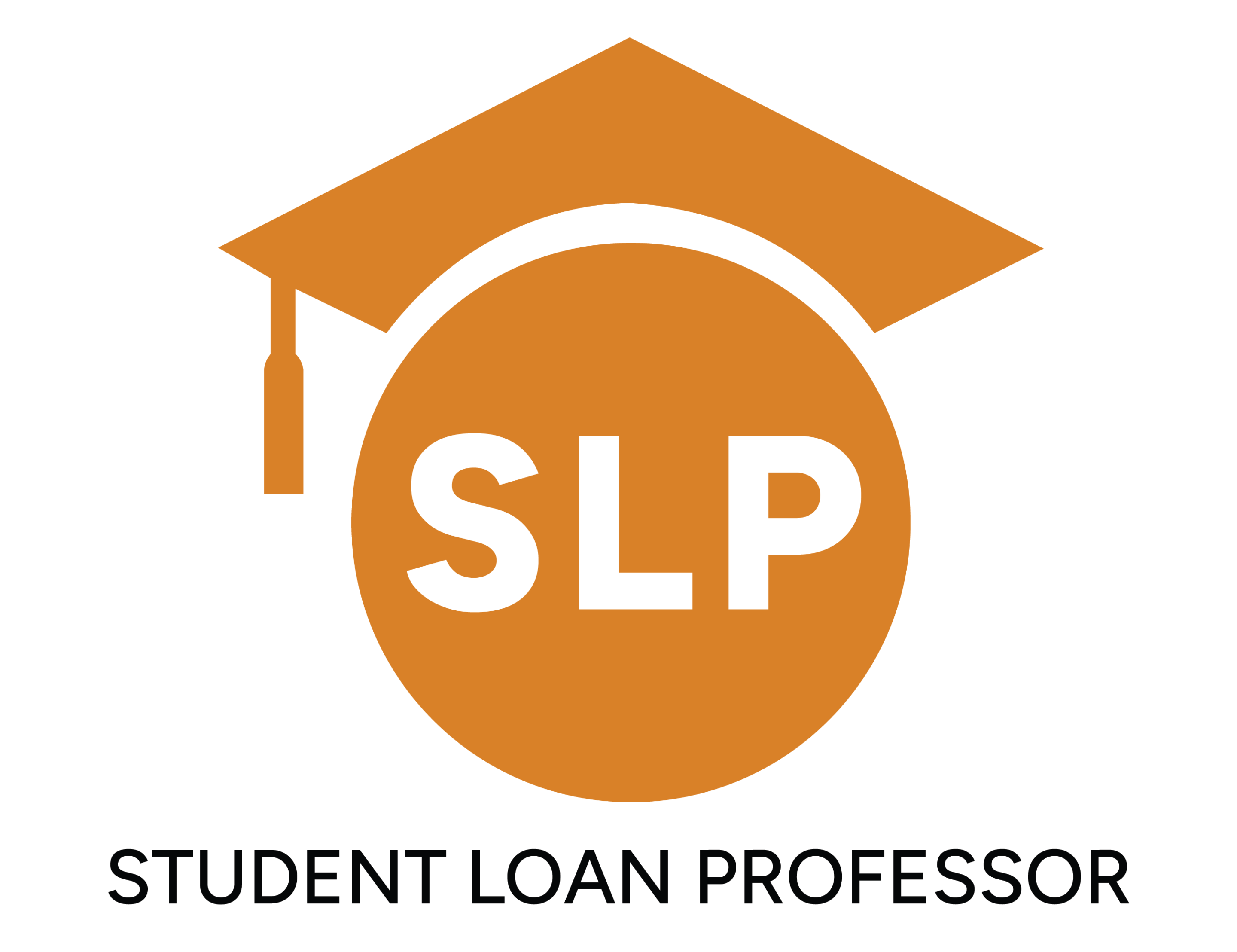May, 2018
Greetings from DWOQ!
The Department of Education made the Application for PSLF available this past fall, at the 10 year mark of the introduction of the program. You can review it here.
As you may know, the path to maximize PSLF involves using an Income-Driven Repayment plan for 120 cumulative months while working for a qualifying employer. The first widely-promoted and utilized IDR was Income-Based Repayment (IBR), which didn’t become available until July 2009. So while today there are applicants who may be eligible, it is a significant minority (some are learning this the hard way, by having applications denied). We won’t see more significant forgiveness granted, particularly for physicians, until 2019. We expect total forgiveness to increase exponentially in the years following 2019.
One borrower who received total forgiveness shared his zero balance letter publicly:
In another promising move for PSLF candidates, a new federal spending plan has earmarked $350 million for borrowers who were pursuing PSLF but used an ineligible repayment plan along the way. We’re inspired to see this recognition that prescriptive advice about navigating the PSLF program has not been provided by loan servicers (this is one of the main reasons DWOQ exists!). We’ll continue to update this blog regularly as more and more borrowers apply for PSLF. In the interim, if you are applying, do not elect Forbearance while your application is under review… remain in the IDR plan you’ve been using.
’til DEBT do us part,
Jason DiLorenzo
Jason DiLorenzo
Executive Director
Doctors Without Quarters, LLC
Brandon Barfield is the President and Co-Founder of Student Loan Professor, and is nationally known as student loan expert for graduate health professions. Since 2011, Brandon has given hundreds of loan repayment presentations for schools, hospitals, and medical conferences across the country. With his diverse background in financial aid, financial planning and student loan advisory, Brandon has a broad understanding of the intricacies surrounding student loans, loan repayment strategies, and how they should be considered when graduates make other financial decisions.



![Our Honest Thoughts On Aidvantage Student Loans [For 2025]](https://www.studentloanprofessor.com/wp-content/uploads/2024/10/SLP_fallback_2-no-logo-400x250.jpg)

